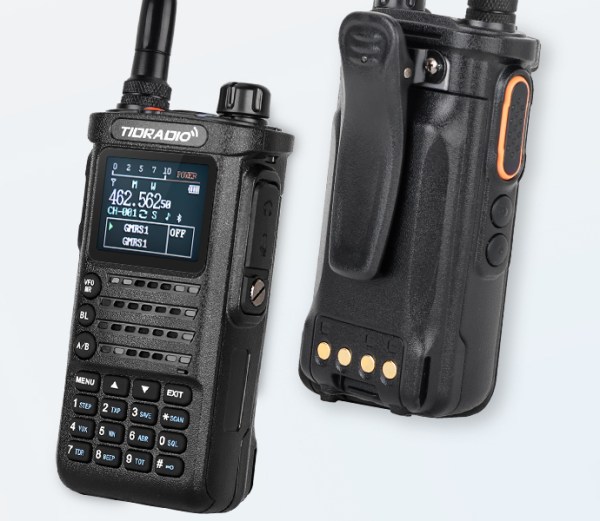Although ham radio offers a wide array of bands to transmit on, not to mention plenty of modes to communicate with, not everyone wants or needs to use all of this capability. For those needing simple two-way communication services like FRS or GMRS are available (in North America) with much less stringent licensing requirements, and GMRS even allows repeaters to be used to extend their range beyond the typical mile or so. [Dave] aka [N8DAV] has built an off-grid simplex repeater that can travel around with him wherever he goes.
The repeater itself is based on a pre-built simplex repeater module, which means that it has to record an incoming signal and then play it back on the same frequency. Compared to a split frequency repeater which uses different frequencies for transmit and receive this can be a bit cumbersome but simplifies the design and the use. A Baofeng UV-5R is used to perform the actual radio duties paired to a 40 watt amplifier to extend the range as much as possible. It’s all packed into a Pelican-like case and set up with a large battery that could power it for a number of days, making it useful for camping, rescue, or other off-grid activities.
For those wondering why [Dave] is using his ham call sign instead of his GMRS one, all of the equipment in this build will work in either the UHF ham bands or the channels reserved for GMRS with minor adjustments, so it’s perfectly possible to use the setup for one’s preferred license. And, for those in other parts of the world without GMRS there’s a similar class of radio called UHF CB which might be able to support similar builds, but be sure to check your local jurisdiction’s laws before hooking something like this up. For an even longer-range radio repeater using similar equipment we’d recommend looking to the skies.













